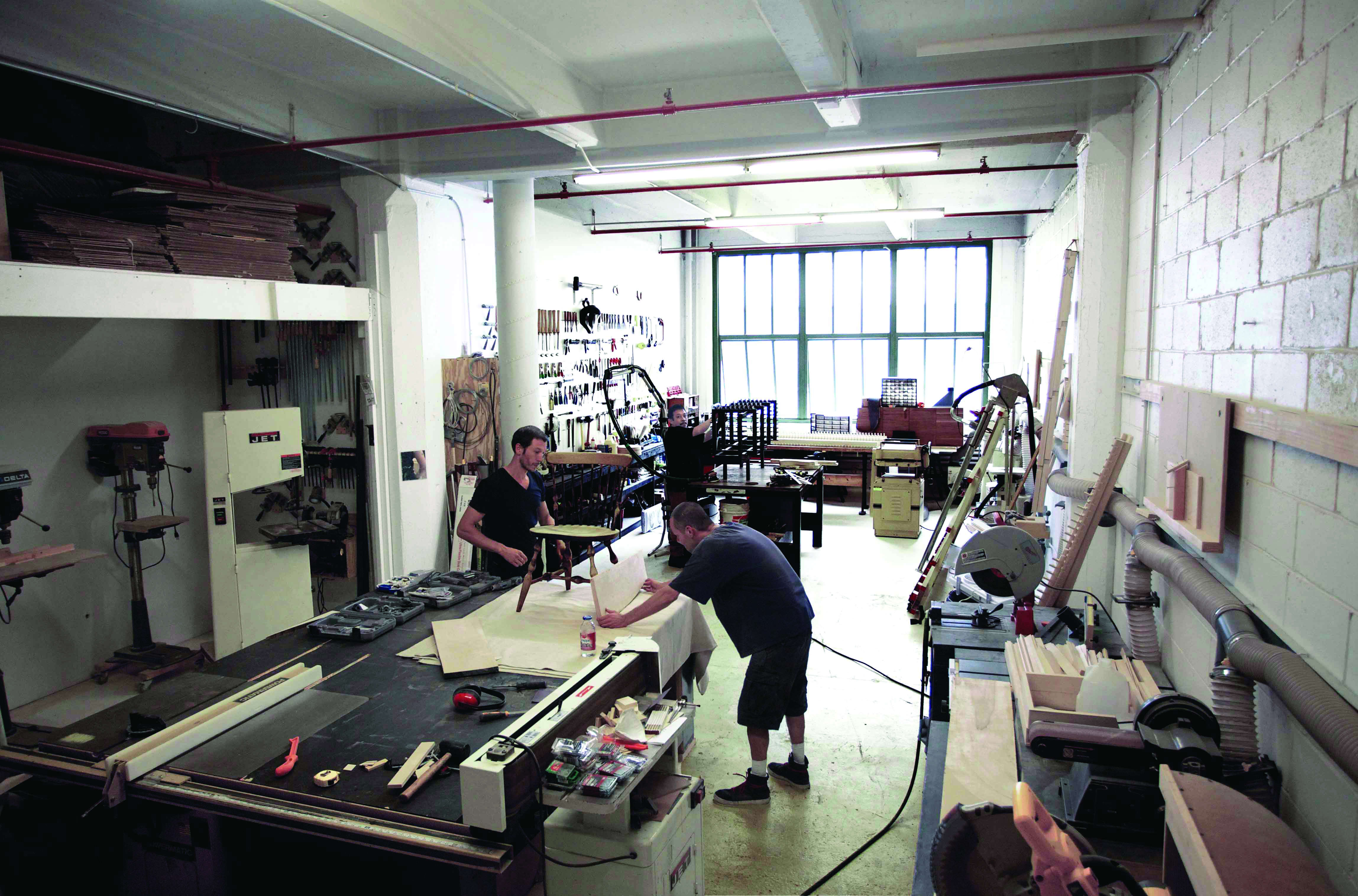Connecting Art, Design & Inspiration
Growing up in Santiago, Chile, Errazuriz knew at an early age that he wanted to be an artist. When it seemed that path would be closed to him, he turned to design.
“I approached design because I did not dare to study art,” Errazuriz says. “I grew up in a very rigid environment in regards to art education. My father is a great scholar and wrote books on art, therefore, as a child, artists were my heroes. I did not want to become a fireman or Spiderman but an artist! As I reached 18 years of age, I had to choose where to study and, considering an artist career beyond my capabilities, I devoted myself to design instead.
Spin cabinet - made of oak and metal elements
“Design is a project-based and functionality oriented endeavour, where you may avail yourself of multiple tools. Conversely, art is essentially a matter of whether you are endowed with certain talents. Regardless, I decided to let go a little over time and explore the art from within design.”
Piano shelf - made of african mahogany, steel
When asked where he gets his inspiration, Errazuriz says, “Inspiration comes from inside; it’s your own personal hunch, your personal visions that are triggered by the common situations and elements we share with everyone else. If you stay true and honest to your own visions of this world we share and you place those personal unique visions for the rest to see; there will be a few people in every country that will always connect passionately with you and really value what ever it is you feel and do.”
He adds, “If you copy what is already out there most people will have a relatively good but superficial answer to what you do, but they won’t care much, because ultimately you have nothing that different to offer and your work will be ultimately lost in a sea of similar things.”
Errazuriz' woodshop in Brooklyn
Errazuriz is displaying much of his work at New York's R&Company Gallery until March 9. The "Breaking the Box" exhibition will showcase his kinetic cabinets, bird lamps, and metamorphosis pieces.


















Have something to say? Share your thoughts with us in the comments below.